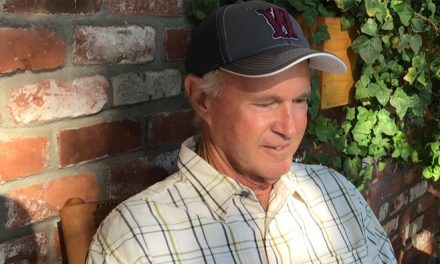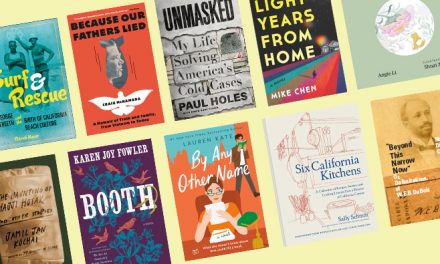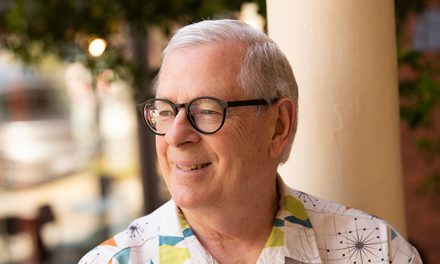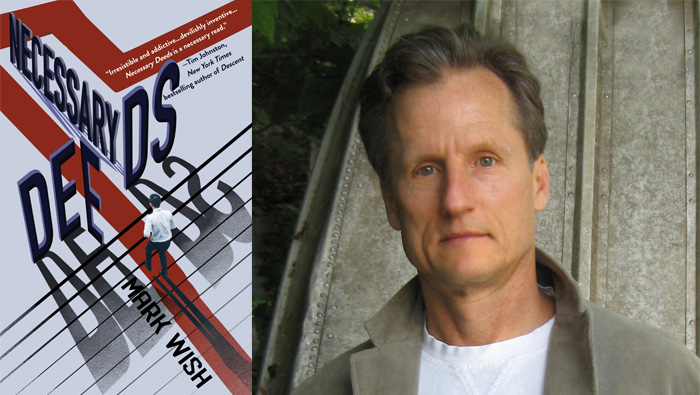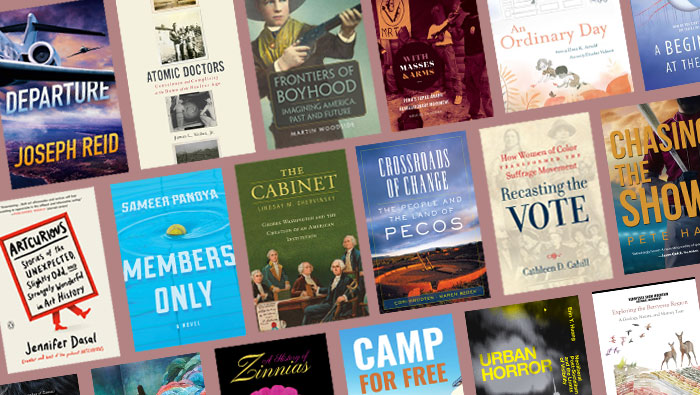
Alumni Books of 2020
Whether you’re looking for gifts or your own holiday reading, Aggie authors have you covered. Writers have delved into such wide-ranging topics as women of color in the suffrage movement and building the presidential cabinet — and those are just among the nonfiction books this year. Check out UC Davis Magazine’s full list for 2020.
FICTION
In her debut mystery novel, Vijaya Vee Kumari, Ph.D. ’73, Dharma: A Rekha Rao Mystery (Great Life Press, 2020) introduced Rekha Rao, a professor of art history who investigates her mentor’s murder.
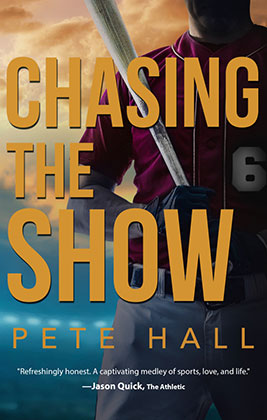
Pete Hall ’94 published his first novel, Chasing the Show (Authors’ Place Press, 2020), which tells the tale of a high school student bent on becoming a professional baseball player, ups and downs and all.
Sameer Pandya ’94 debuted the novel Members Only (Houghton Mifflin Harcourt, 2020), in which the central character navigates membership and belonging as an Indian American in California.
Joseph Reid, M.S. ’97, unveiled Departure (Thomas & Mercer, 2020), the third book in his Seth Walker series, which finds the air marshal investigating a missing engineer inside San Francisco’s airport.
Emily Roddy ’98, under the name Emily Senecal, self-published her 15th book, the romantic suspense novel The Element of Truth (2020).
In a postapocalyptic San Francisco, Mike Chen ’00 picked up six years after a fictional global pandemic in A Beginning at the End (Mira Books, 2020).
NONFICTION
Tom Stanton ’65 illustrated how the United States has made significant long-term progress, although incomplete, and ways for this to continue today, in American Race Relations and the Legacy of British Colonialism (Routledge, 2020).
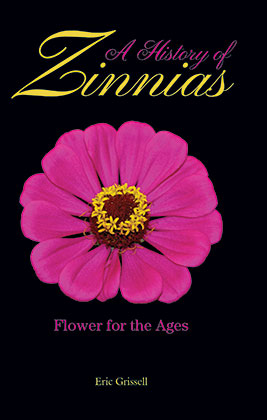
Eric Grissell, ’67, M.S. ’69, Ph.D. ’73, traced the history of garden zinnias and a tale involving Aztecs, Spanish conquistadors, explorers, scientists, painters and more in A History of Zinnias (Purdue University Press, 2020)
After his father died, James L. Nolan Jr. ’84 discovered his grandfather’s role as a doctor in the Manhattan Project, which he related in Atomic Doctors: Conscience and Complicity at the Dawn of the Nuclear Age (Harvard University Press, 2020).
Daniel T. Blumstein, Ph.D. ’94, examined animals’ fear responses and considered what we can learn from them in The Nature of Fear: Survival Lessons from the Wild (Harvard University Press, 2020).
In celebration of the centennial of women’s right to vote, Cathleen D. Cahill ’95 illuminated the stories of a group of activists in Recasting the Vote: How Women of Color Transformed the Suffrage Movement (UNC Press, 2020).
Jennifer Dasal ’02 offered a colorful look at the world of art history, revealing some of the most fascinating stories behind the world’s great artists and masterpieces in ArtCurious: Stories of the Unexpected, Slightly Odd and Strangely Wonderful in Art History (Penguin Books, 2020).
Chronicling a complicated history, Miguel La Serna ’02 provided a link between political violence and a culture of communications in Latin America in With Masses & Arms: Peru’s Tupac Amaru Revolutionary Movement (UNC Press, 2020).
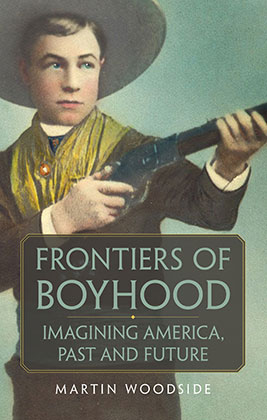
Martin Woodside, M.A. ’03, showed how the old West shaped narratives of American boyhood in Frontiers of Boyhood: Imagining America, Past and Future (University of Oklahoma Press, 2020).
Erin Y. Huang ’04 theorized the economic, cultural and political conditions of neoliberal post-socialist China in Urban Horror: Neoliberal Post-Socialism and the Limits of Visibility (Duke University Press, 2020).
In Wild Blue Media: Thinking Through Seawater (Duke University Press, 2020), Melody Jue ’08 encouraged the reader to consider the ocean as a media environment.
Lindsay Chervinsky, Ph.D. ’17, detailed how George Washington established the first presidential cabinet — and its consequences — in The Cabinet: George Washington and the Creation of an American Institution (Harvard University Press, 2020).
Cori Knudten, Ph.D. ’17, and Maren Bzdek presented a comprehensive history of the Pecos National Historic Park in Crossroads of Change: The People and the Land of Pecos (University of Oklahoma Press, 2020).
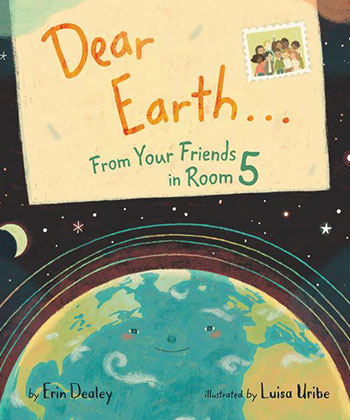
CHILDREN’S
Erin Dealey ’70, Cred. ’72, taught kids about conservation in the picture book Dear Earth … From Your Friends in Room 5 (Harper Collins, 2020).
In the children’s picture book An Ordinary Day (Beach Lane Books, 2020) Elana K. Arnold, M.A. ’98, covered the circle of life, when two visitors arrive in the neighborhood — one to welcome a new baby and another to say goodbye to a family pet. Also by Arnold, Red Hood (Balzer & Bray, 2020) is a young adult novel with familiar characters: Bisou Martel lives in Seattle with her grandmother.
Sam Taylor ’14 enabled anyone to build a website by writing out code — no computer required — with The Coding Workbook (No Starch Press, 2020), a beginner-friendly middle grade book.
GUIDES & HOW-TO
Exploring the Berryessa Region (Backcountry Press, 2020), provided a lively guide for touring the natural wonders of Berryessa Snow Mountain National Monument by car, with contributions by Bob Schneider ’72, Peter Schiffman, Marc Hoshovsky, and Eldridge and Judith Moores.

John Soares ’82, M.A. ’89, offered a how-to manual to find secluded campsites in Camp for Free: Dispersed Camping & Boondocking on America’s Public Lands (Get Outside Press, 2020).
COLLECTIONS
Population, Agriculture, and Biodiversity: Problems and Prospects (University of Missouri Press, 2020), co-edited by J. Perry Gustafson, Ph.D. ’72, featured 15 original essays by expert scientists on the subject of human population growth and food supply.
Margaret Pettis ’73 self-published a collection of poetry, In the Temple of the Stars, focusing on the power of nature.
Dan Brook, Ph.D., ’97 recently published Sweet Nothings (Hekate Publishing, 2020), a haiku/haibun book about the amazing concept of nothing.
Jihyun Yun ’15 chronicled a family’s wartime survival through the lens of food — of lack thereof — in the poetry collection Some Are Always Hungry (University of Nebraska Press, 2020).

